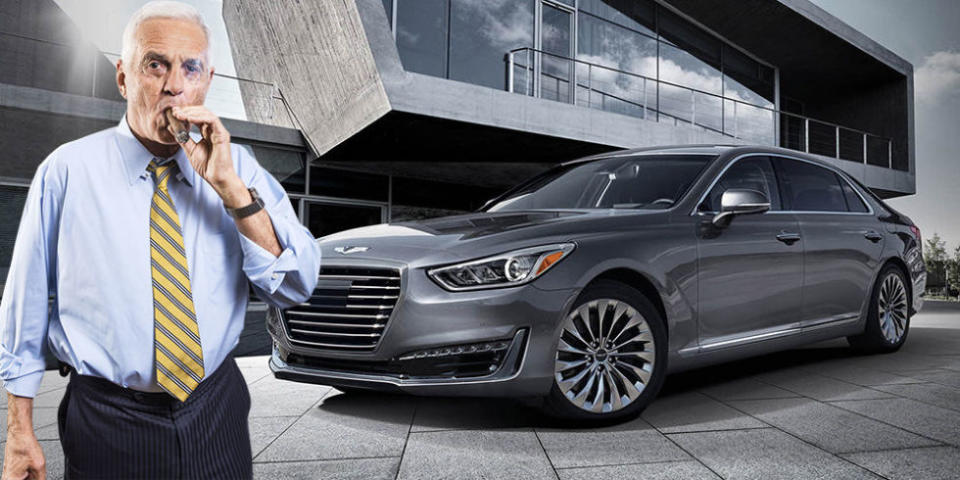How the Korean Automakers Caught Up

I've been keenly watching Korean automakers-especially Hyundai-for at least 30 years. Their fortunes were mixed: Early Korean cars were cheap but terrible.
Later, they became reliable but dull reminders of low-end Japanese cars. Daewoo failed and was absorbed by General Motors. Hyundai acquired Kia.
SsangYong is too small to matter. Today, the Korean auto industry is essentially Hyundai-Kia, a global powerhouse driven by brilliant design.
I was working at GM during the Daewoo takeover. They were doing a lot of things better and smarter than we were. Their die-making process, for instance, was outstanding. At the time, U.S. industry preproduction prototypes were usually rough approximations: "We'll get the correct fits later." We got prototypes faster and cheaper than the Koreans, but they were of limited usefulness. With succeeding iterations, dimensions changed, so suppliers of interior trim, moldings, glass, seals, etc., were forever chasing the latest "body math" and were always one generation behind. This goes a long way toward explaining poor fits on U.S.-produced vehicles of that time. The Koreans' initial prototypes, on the other hand, were carefully made to be dimensionally identical to production-intent cars. Their up-front investment in perfect prototypes avoided waste and saved time and countless dollars. We sent many teams over to learn that process, which marked a major turning point in the production quality of GM's vehicles worldwide.
Compared with the Japanese, the Koreans were less draconian in protecting their domestic market from imports, so they faced competitive reality. They also encouraged foreign investment, such as Ford's interest in Kia in the 1980s. Aside from early missteps, the Korean automakers have shown amazing skill in adapting to the needs and wants of a global market.
Japanese executives, in my experience, often get tangled up in history, tradition, and the supposed superiority of their culture, but I've found Korean leaders to be bold, tough, gregarious, and open to new ideas. This is in stark contrast to the banks of stone-faced Japanese execs at intercompany meetings, where little was ever said or accomplished. The Koreans are not hung up on their culture: They hire the best, Korean or not. It's their strength. They accept risk. They are also stern taskmasters: It might not be fun to work at Hyundai-Kia, but the success speaks for itself.
The turning point for Hyundai-Kia came with the dramatic new design direction ushered in primarily by VW/ Audi veteran Peter Schreyer. Rather than adopting a safe, design-follower strategy, the company repeatedly surprised the world with standout sedans and crossovers. They are today the global leaders in high-volume vehicle design. Coupled with outstanding reliability, it's a hard strategy to beat.
As for Genesis, Hyundai's new standalone luxury brand, its initial cars are well executed but unnecessarily conservative. In the remaining 20 years or so of the auto industry as we know and love it, Hyundai lacks the time to establish Genesis as a credible luxury competitor. Besides, it launched with only sedans. Maybe something to compete with the Porsche Cayenne would be more successful.
Bob Lutz has been The Man at several car companies. Ask him about cars, the auto industry, or life in general.
You Might Also Like

 Yahoo Autos
Yahoo Autos 